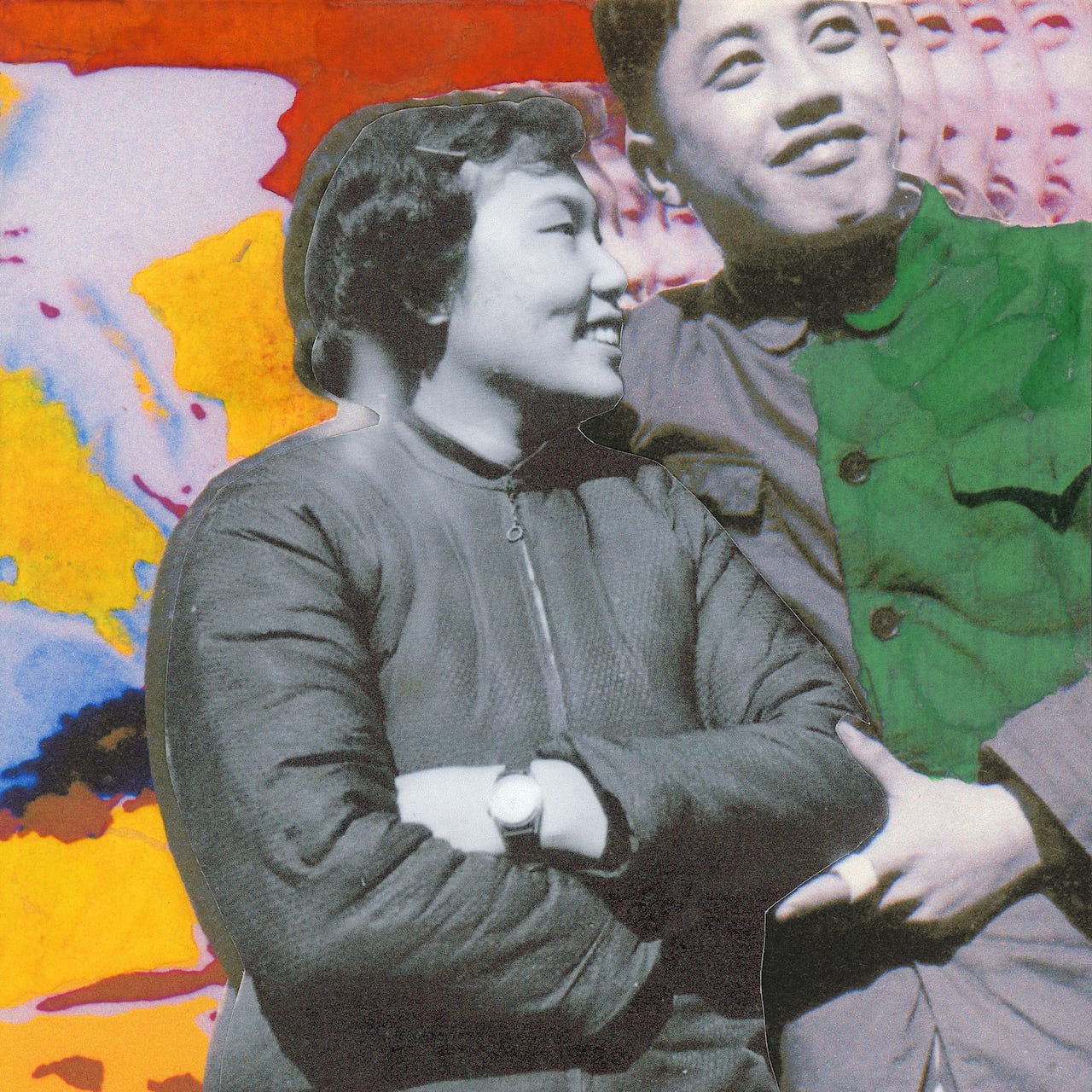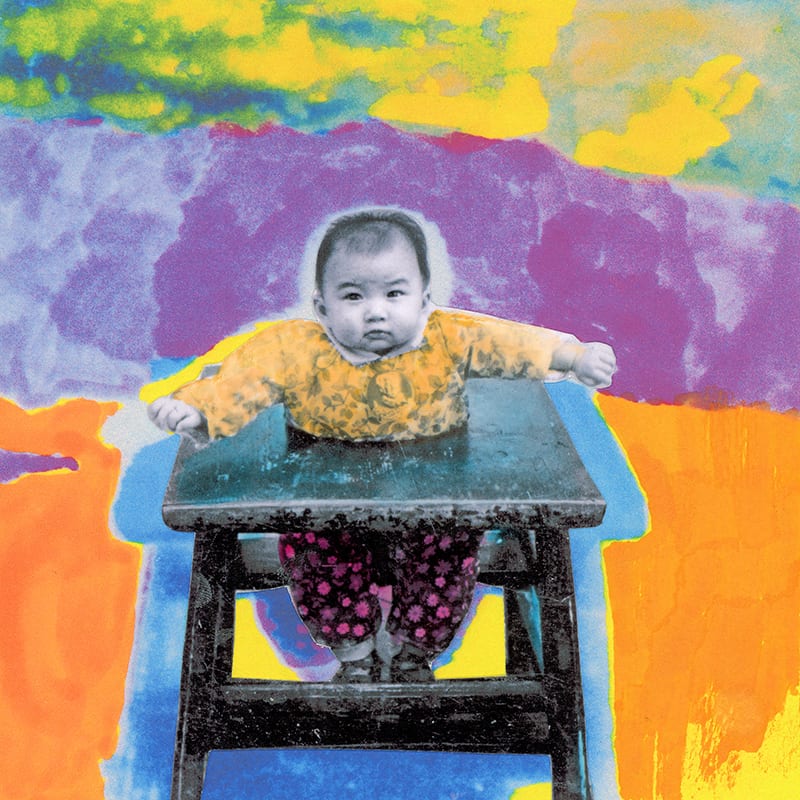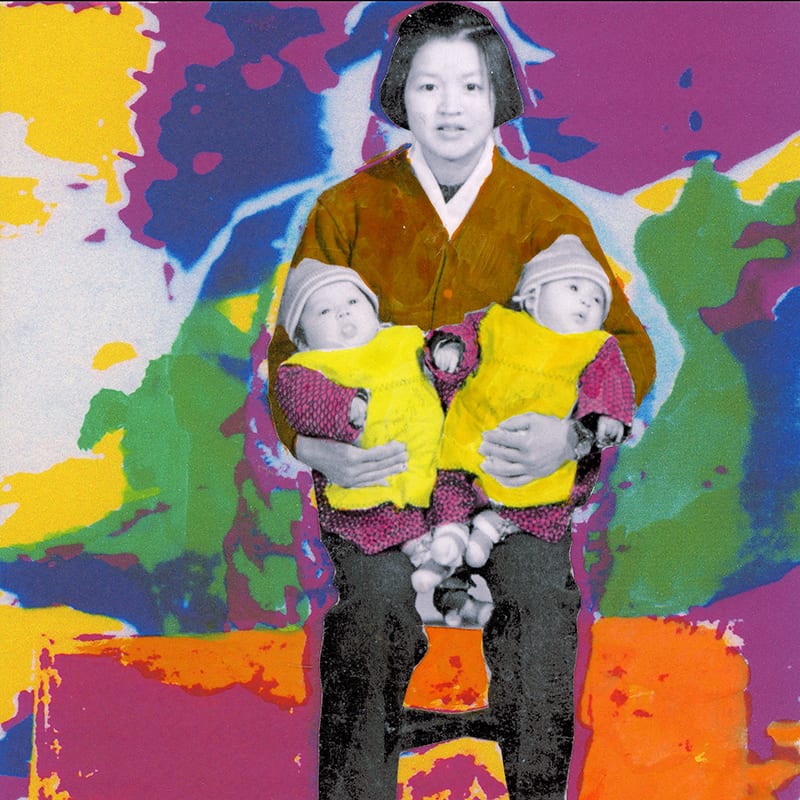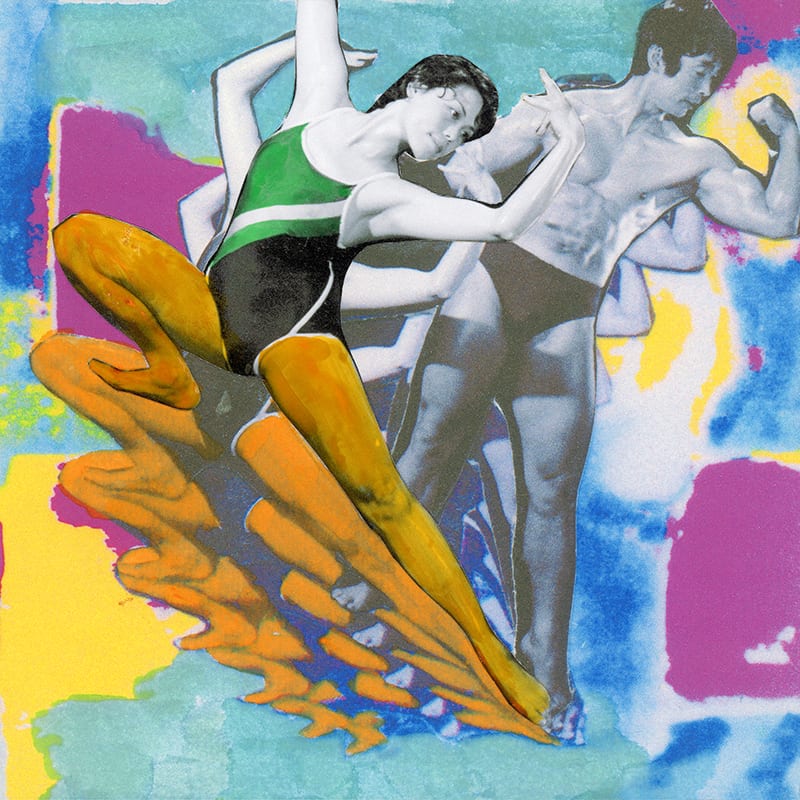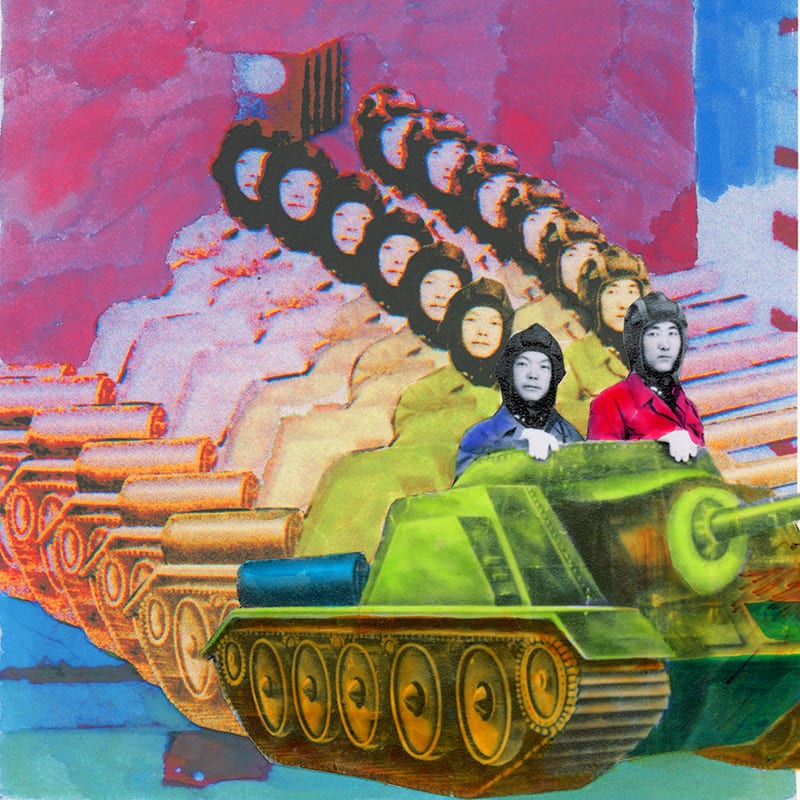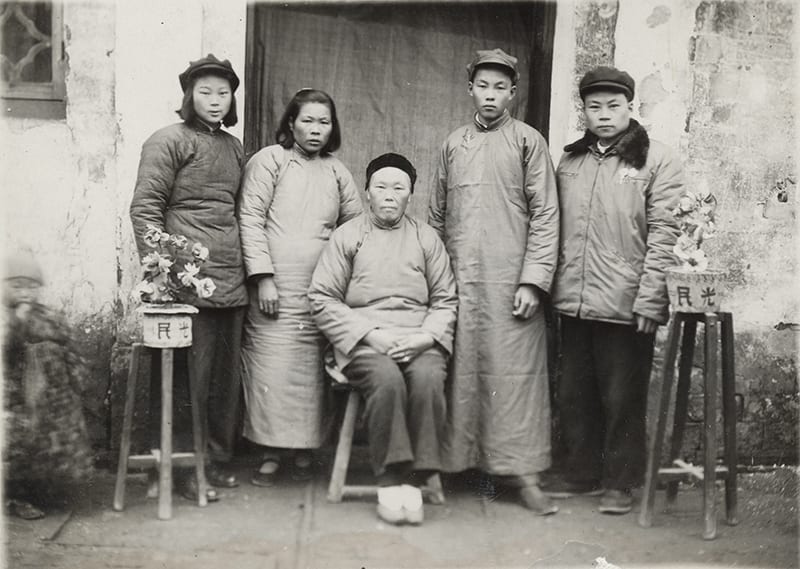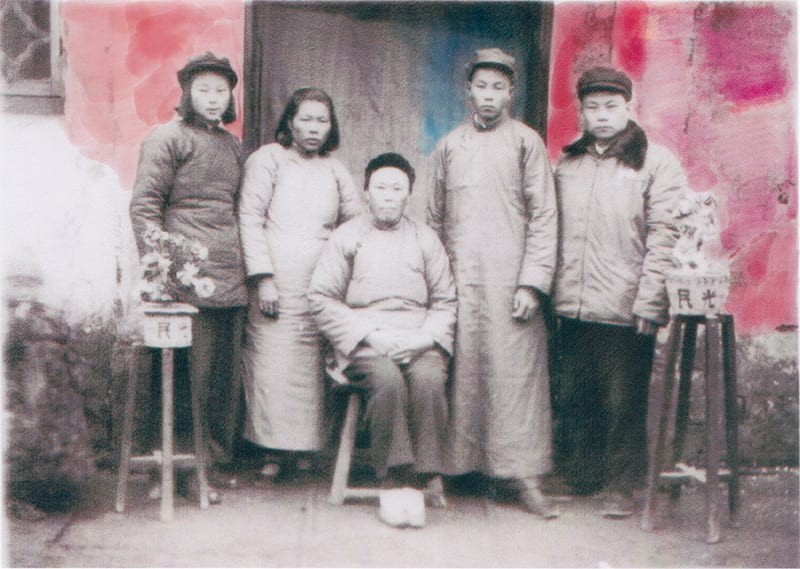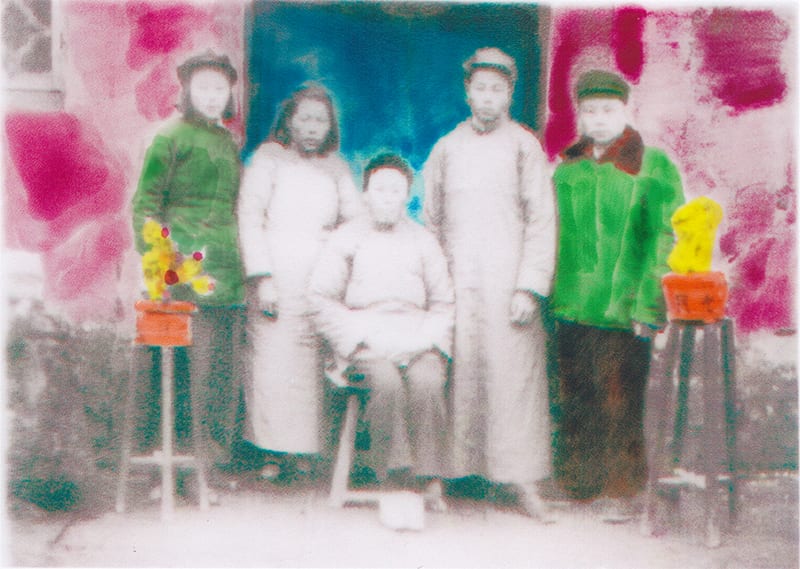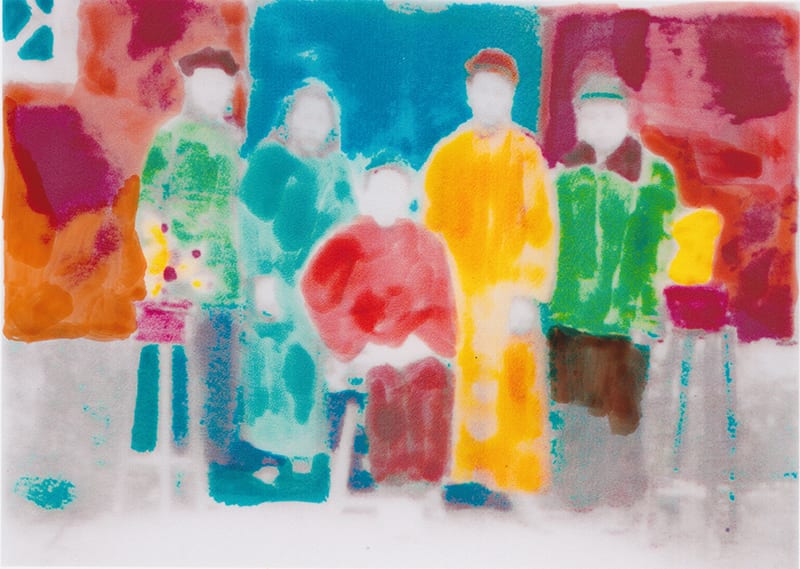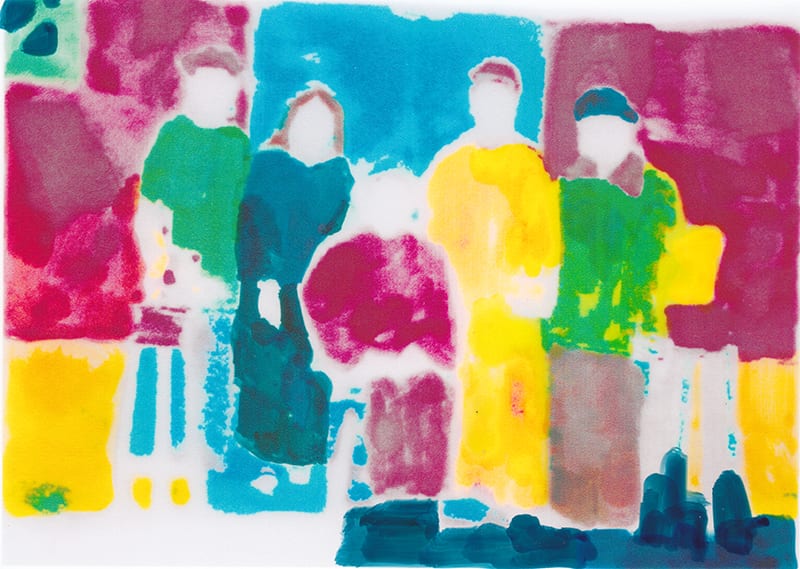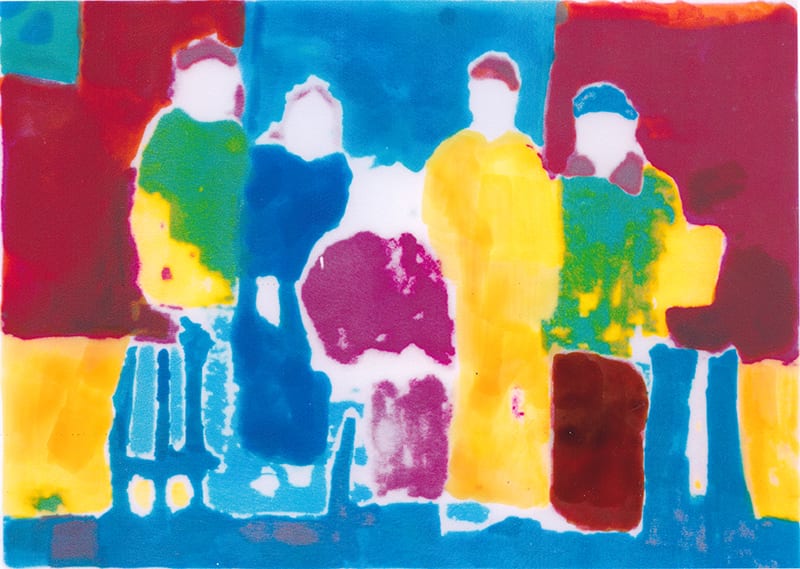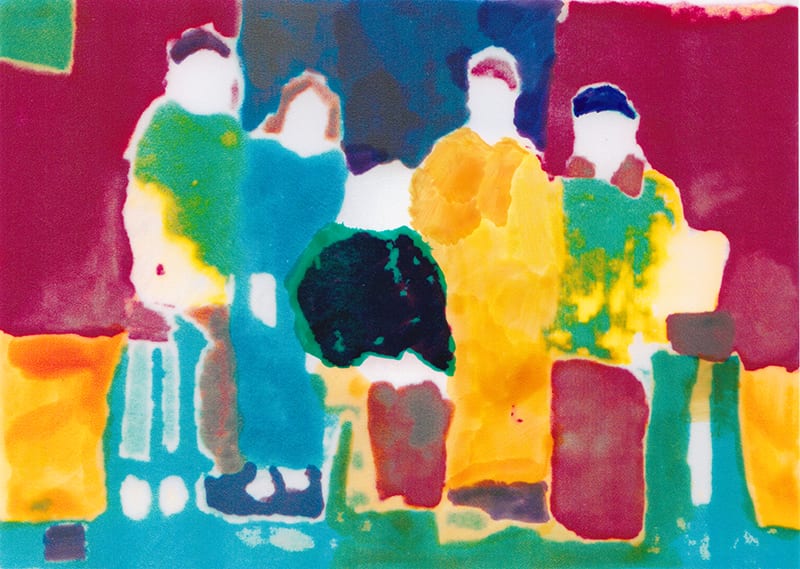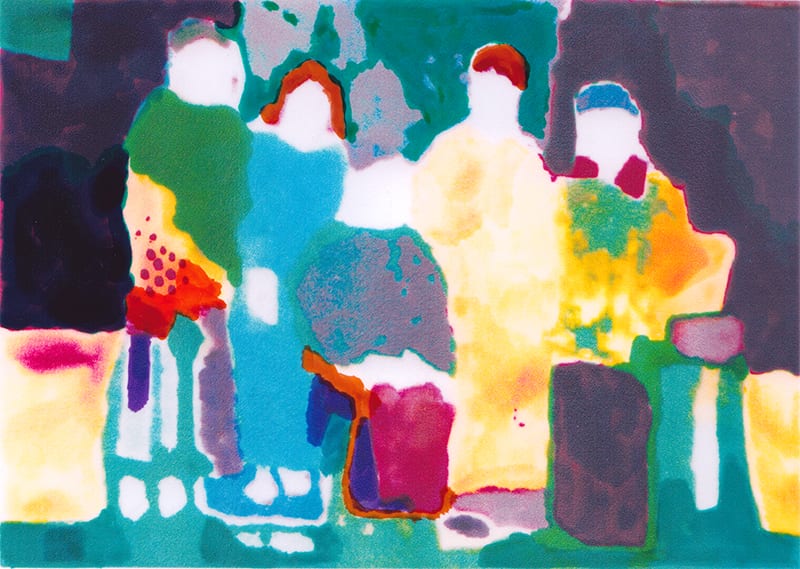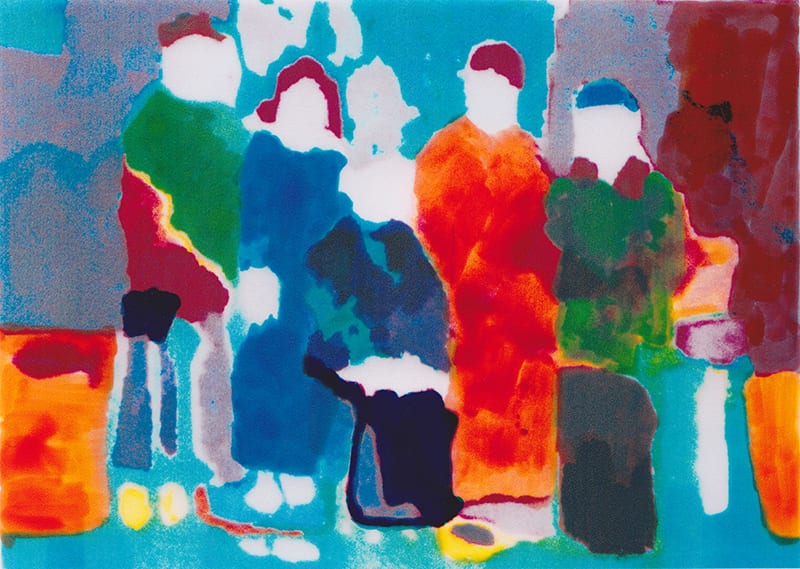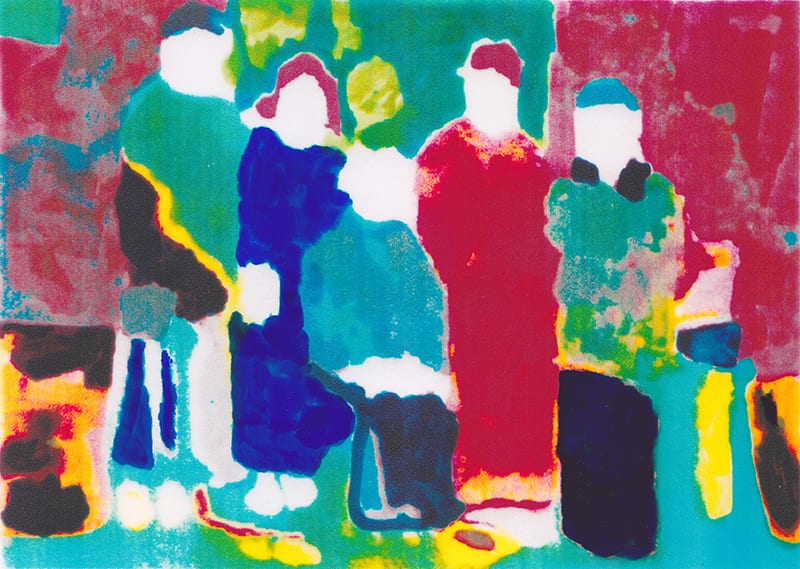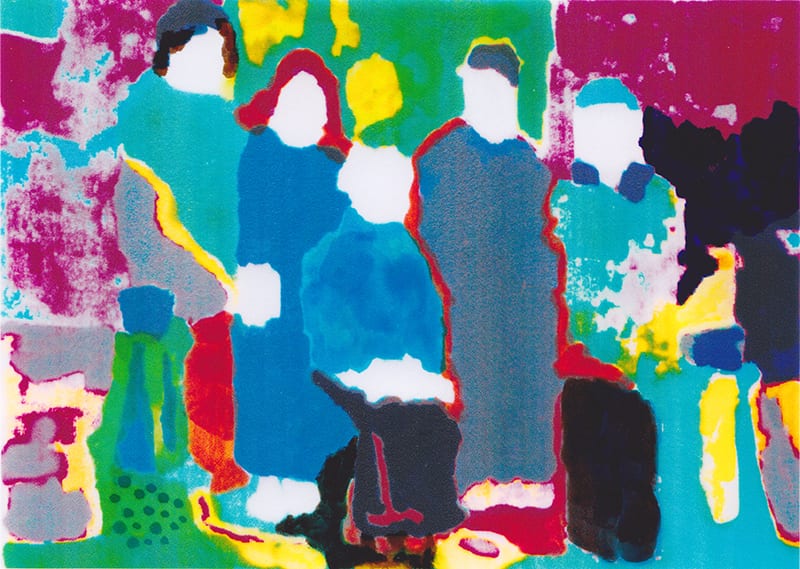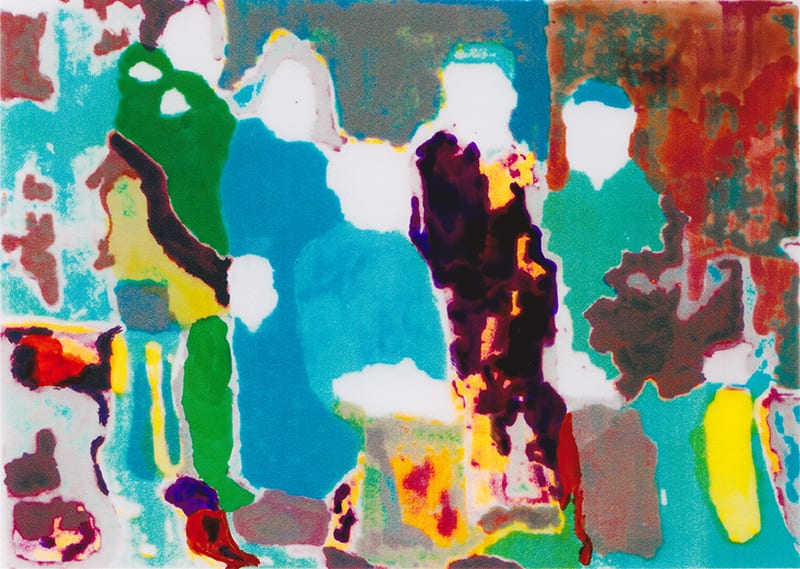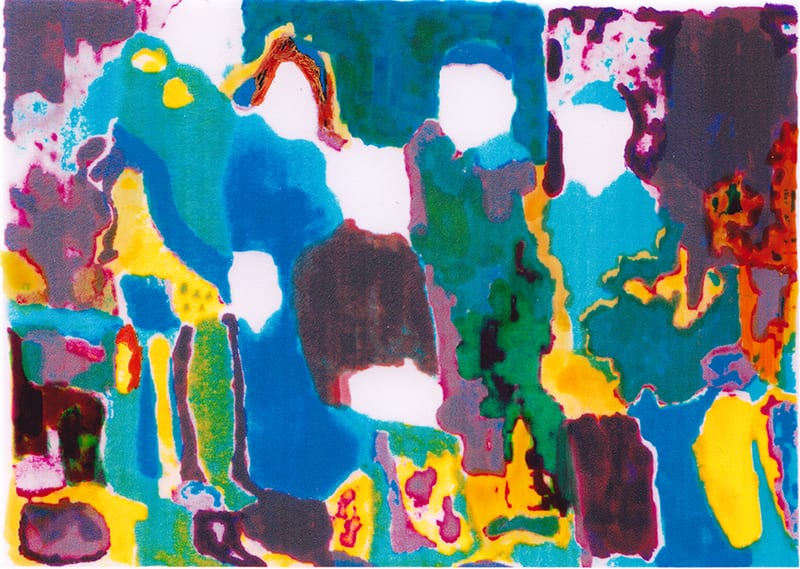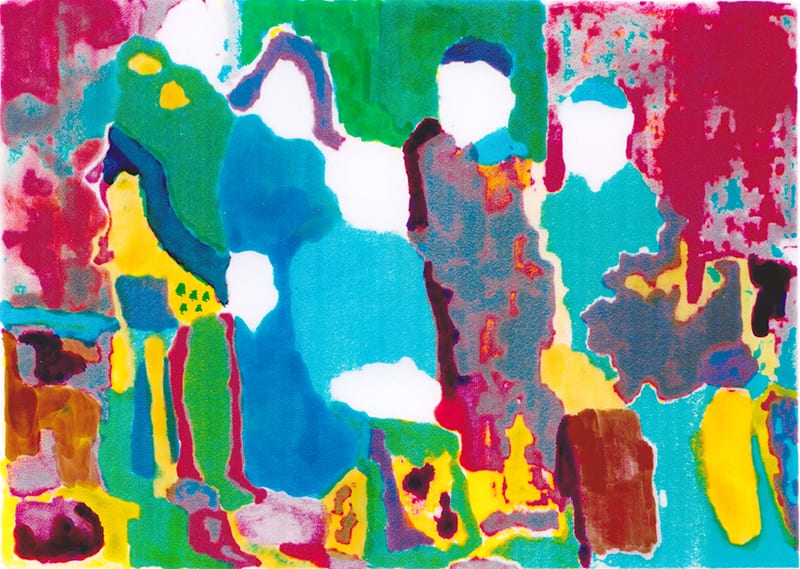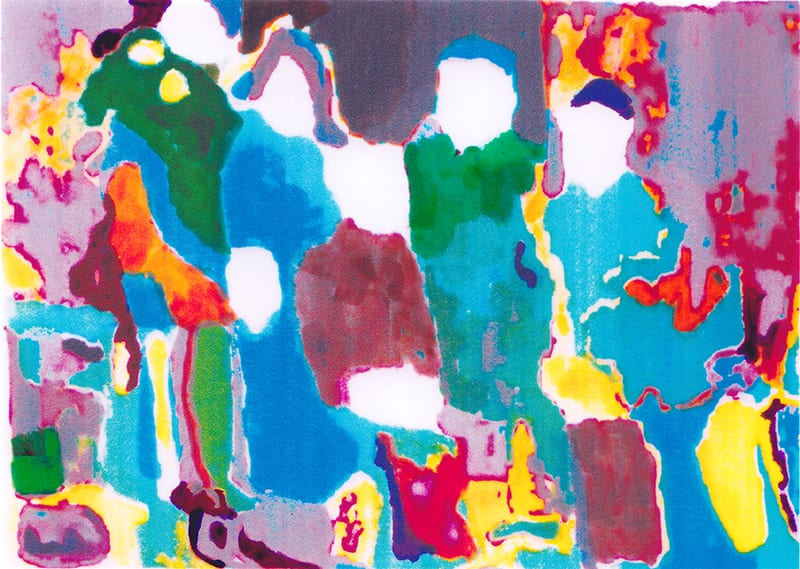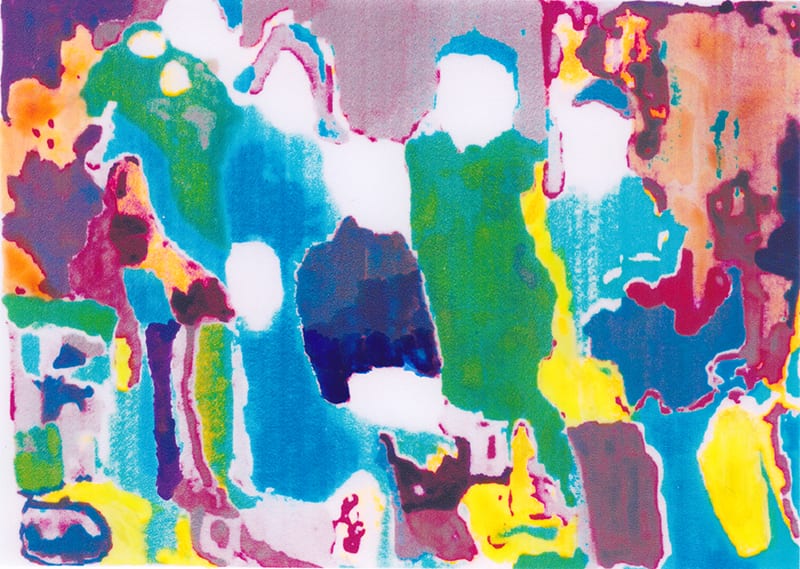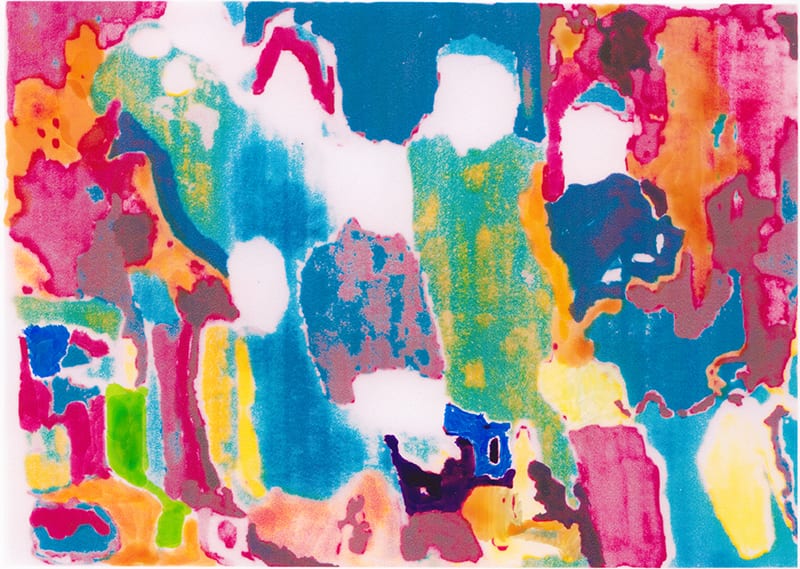“I collect a lot of stuff, and sometimes I like to see it as raw material I could use to tell another story and do something new,” says Thomas Sauvin. Hand-colored, his project with Chinese animator Lei Lei, is a good case in point. A collection of 1168 images which have been scanned, reprinted and repainted in bright, deliberately artificial colours, it’s the opposite of the usual archive work.
But it’s part of the Beijing Silvermine archive, he says, a collection of negatives Sauvin first started up by salvaging strips from a recycling plant in the Chinese city. The flow of negatives from the plant has declined, but Sauvin still collects vernacular images from China, employing helpers to scour sites and flea markets and send him choice pieces. Showing ordinary locals engaged in very ordinary activities, from approximately the early-1950s to the mid-2000s, it’s a very different look at the history of China – and one which, Sauvin feels, can be more revealing than any official pictures.
But it’s also an archive he feels at liberty to play with, and he first collaborated with Lei Lei back in 2011, creating a moving-image piece with some of the images from the collection. By 2013 that project was finished, but the pair were still in touch and Lei Lei was with Sauvin when he opened an envelope containing an image with a caption written on the back stating it was shot in 1958, but hand-coloured in 1968.
“The photo wasn’t very interesting but this caption started to interest us,” says Sauvin. “We liked the idea the photo could be in one state for ten years, and then one day you would give it to an artist who would hand-colour and somehow enhance it.
“This is something we don’t do anymore because of our relationship with analogue. Now vintage prints are considered historical objects, and when we find them will collect and archive them, and ensure they stay in same state, as a trace of the past and the history of the medium.”
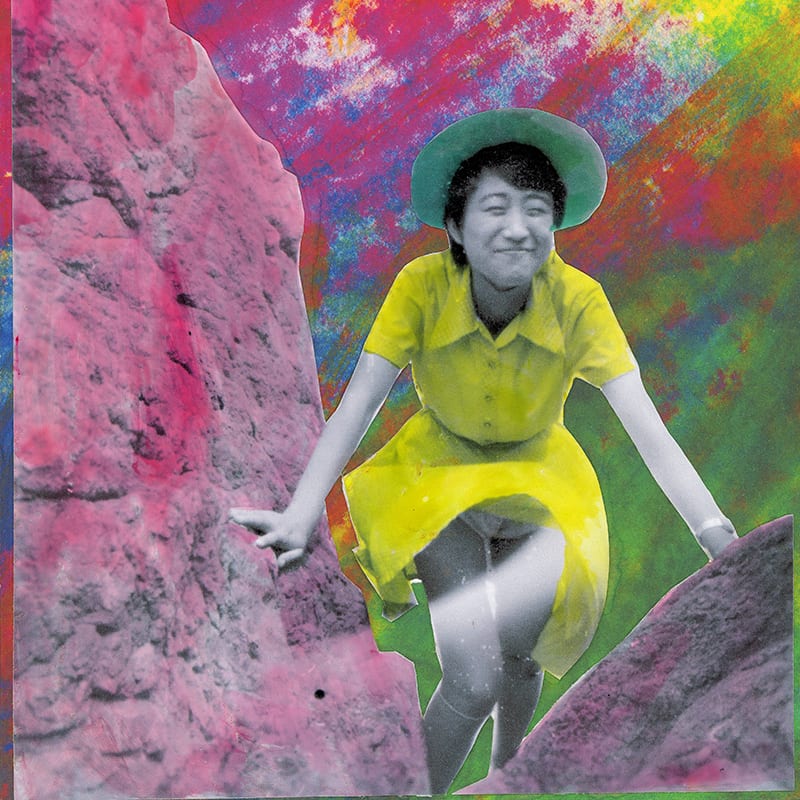
“The first time he did it 100 times with the same picture, we were very curious to see how the last image would look,” he adds. “It wasn’t something we could control, there was no way to make it beautiful or ugly.”
Lei Lei did control the colour palette he used though, opting for just 12 bright shades, based on the 12 bottles of ink available for hand-colouring photographic prints in China. He also decided not to colour the skin of those depicted in the shots, abandoning the attempt to create a colour version of the original photographs in favour of something “a little more abstract”.
“Hand-colouring has a long history [in photography] and has been used in China since the 1930s,” says Sauvin. “You can find hand-coloured prints in houses all over China. But the people who were hand-colouring in the studios were not invited to use artistry or go off-piste – the sky had to be blue, and the skin a specific colour. After so many years, and after the narrative of the picture, we felt we had more freedom to break the rules.”
Lei Lei and Sauvin also created a fake new narrative with the images, putting together disparate shots of people and babies to create a sense of a family history that actually never existed – and telling “universal stories” of births and deaths despite the cultural specifics of revolutions and armies.
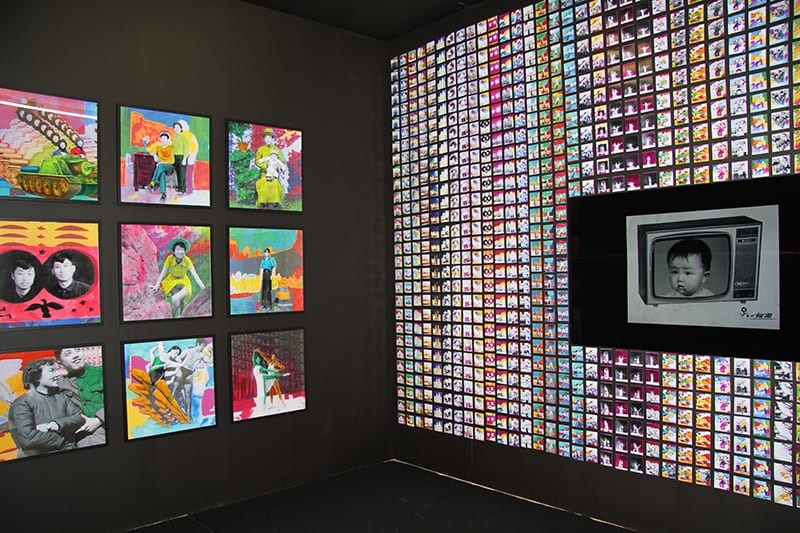
“I was invited to the Arab Image Foundation in Lebanon to work with their archive – this collection has evolved over the years, the prints were hand-coloured or reprinted and rephotographed to make a smaller prints, but then when they arrived in the archive, in order to save them, I had to freeze them [in time],” he explains.
“I started to wonder if that was like killing them. Instead of being archived and frozen [in time] and preserved, they have the potential to become something new.”
https://www.beijingsilvermine.com/collaborations/handcolored/
